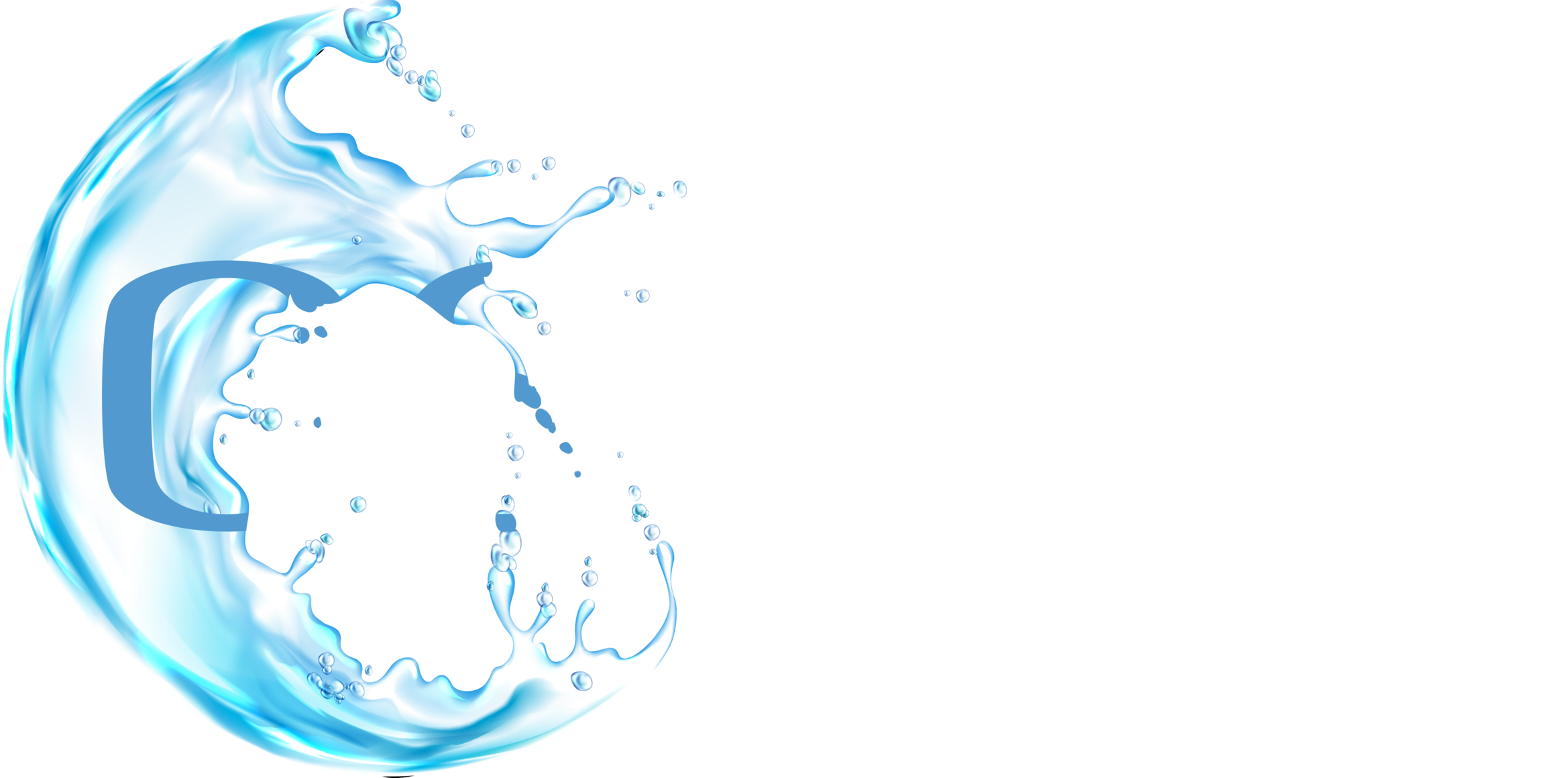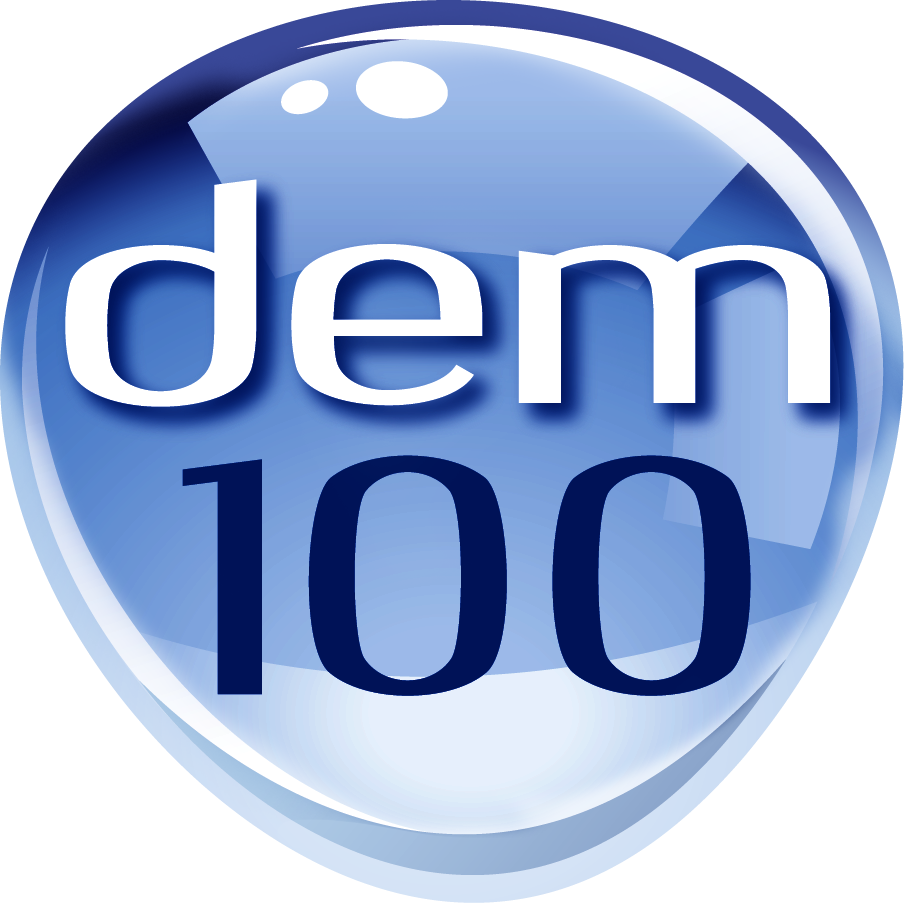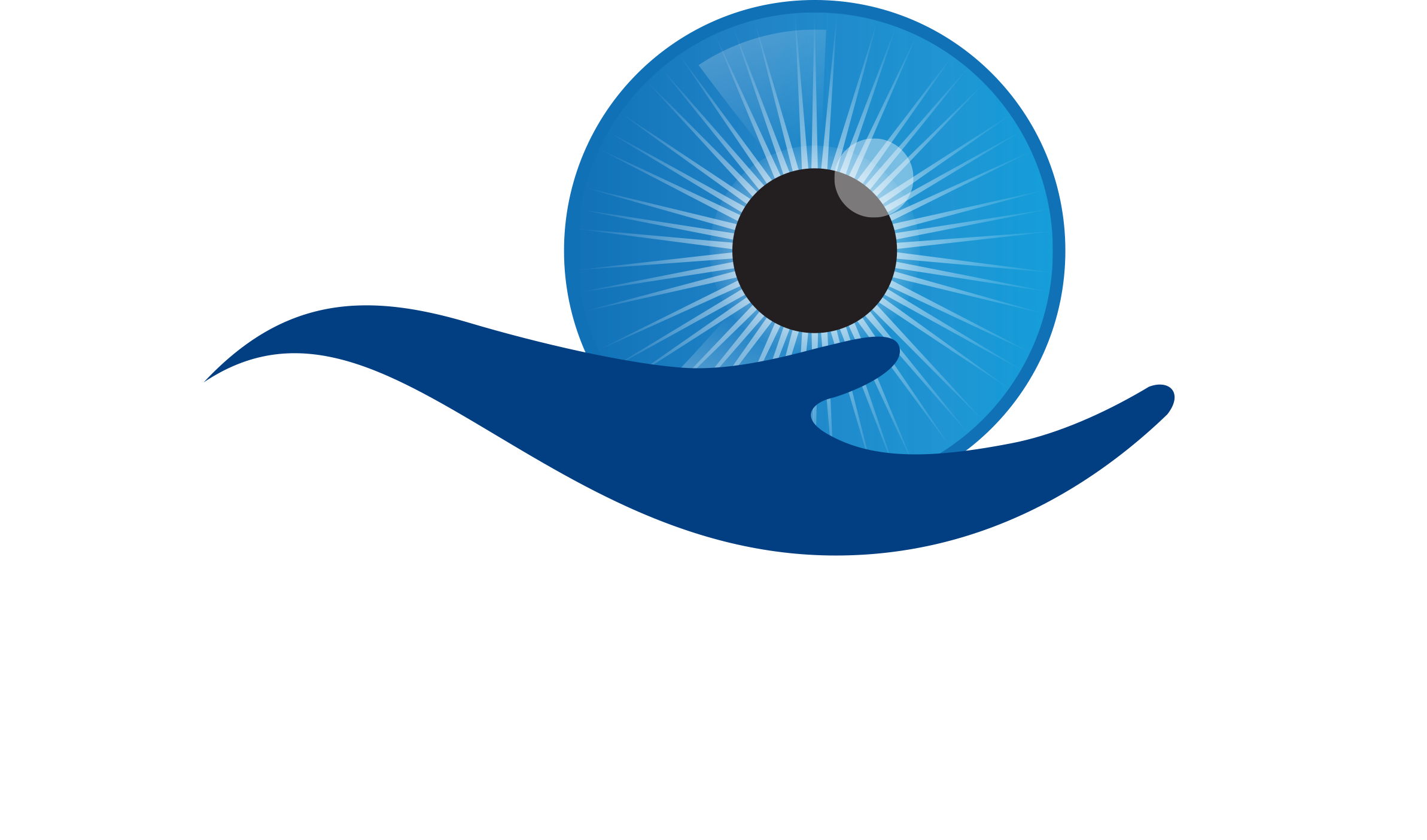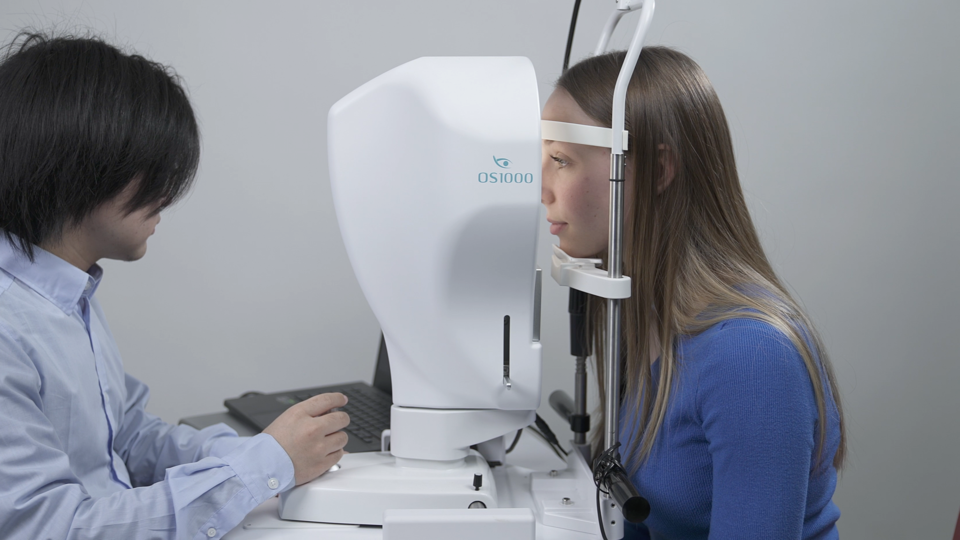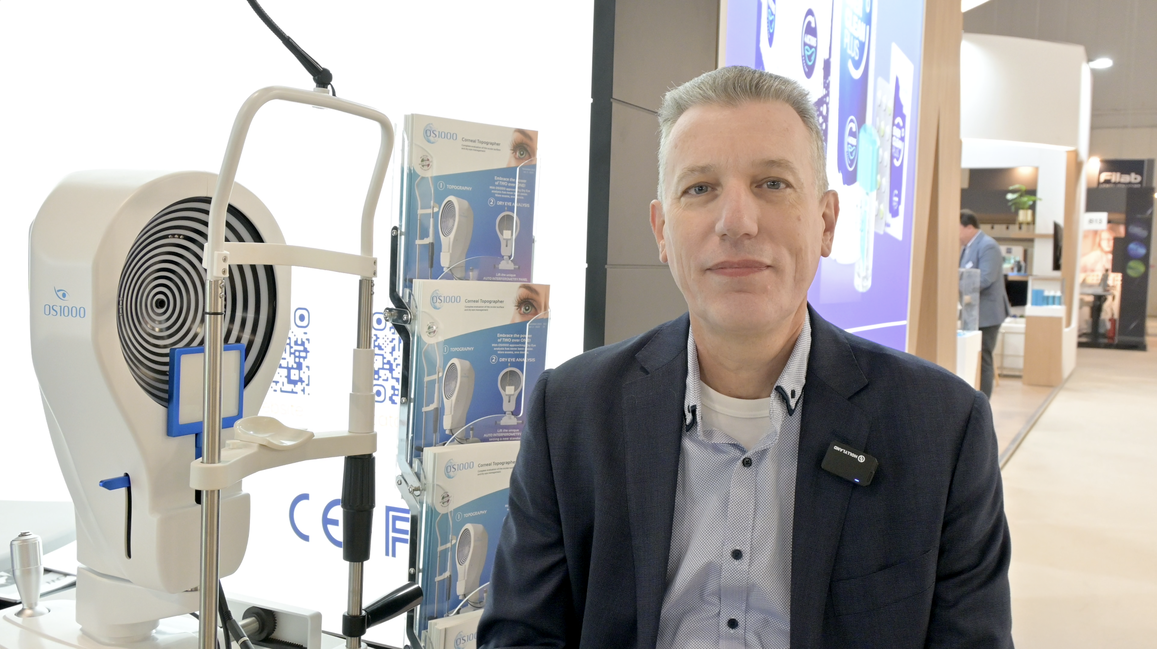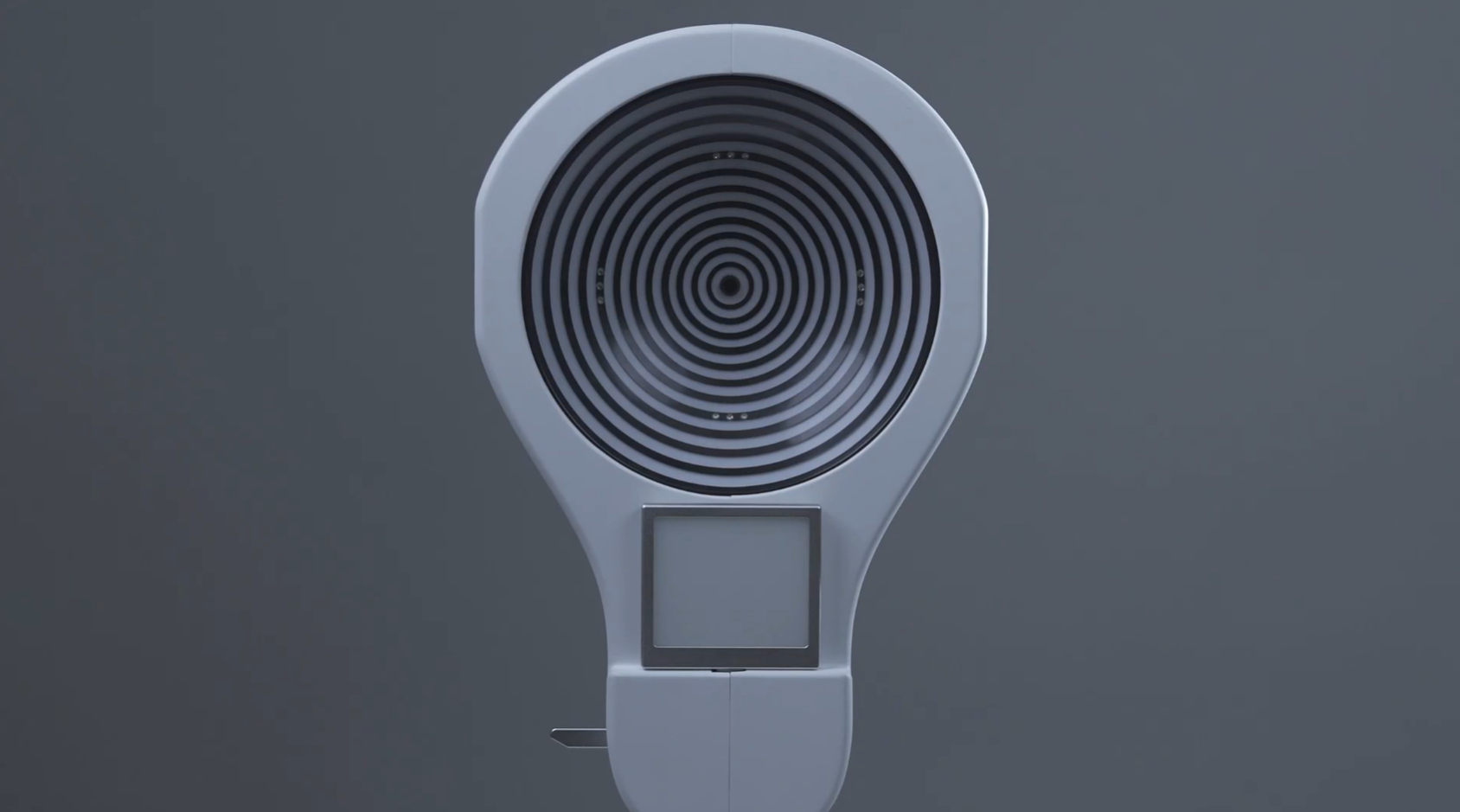Corneal Topographer
Complete evaluation of the ocular surface
and dry eye management
Rings:
24
Measured points:
8640
Camera resolution:
5 Megapixel
Photo resolution:
2592x1944
JPEG format
Upscaled analyzed
image resolution:
23 Megapixel
Acquisition mode:
Single shot,
multishot, video
Focus:
Manual focus
ISO management:
Variable
Image Color:
Colours - Infrared (IR)
Lighting source:
Infrared led - White
led - Blue led
Working distance:
60mm - 90mm from
the center of the placid
Output 1:
USB 3.0
Electromagnetic
compatibility (EMC):
IEC 60601-1-2 (2015)
Supply voltage:
24V
Device operating voltage:
24V - 5V
Dimensions:
40cm (L) x 60cm (A)
x 45cm (P)
Weight:
12 Kg
Accuracy:
Class A according to UNI EN ISO 1980-2021

Many accessories,
better experience
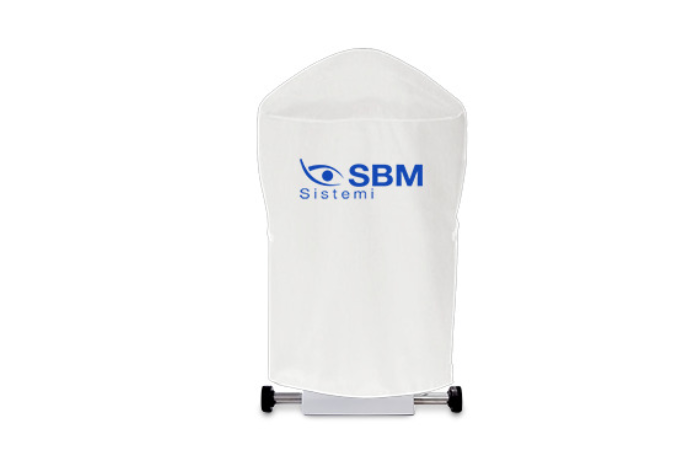
Device Cover
Cover for devices.

Opthalmic Table
Curved table top (V_shape) with aluminum lifting column, for 2 devices.
Table top size 1040mm x 550mm.

Extended USB Powered Cable
Dimensions 7 m
Powered USB 3.0 extension cable for camera to computer connection.

Mini Computer
Compact form factor computer conveniently configured and tested with SBM Software to properly run your new device with the convenience of a plug and play solution.
CPU: Intel® Core™ i7-12700 12 Core - 2,10/4,90 Ghz
RAM: 16GB DDR 4 (3200 MHz)
STORAGE: 512 GB SSD
GPU: Intel® UHD 770 4K - 2xDisplayPort, 1xHDMI
CONNECTIVITY: 2.5Gb LAN, Wi-Fi 6, Bluetooth 5.2
USB: 4xUSB3.2, 2xUSBtypeC, 2xUSB2.0
SOFTWARE: Windows 11 PRO
Device Cover
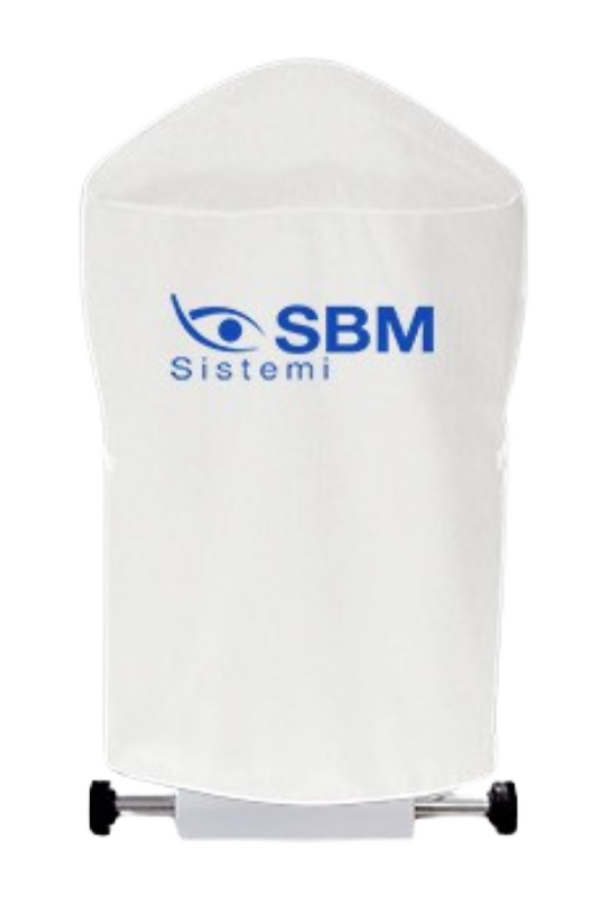
Opthalmic Table

Extended USB Powered Cable

Mini Computer

Opthalmic Table

Device Cover

Extended USB Powered Cable

Mini Computer

Explore numerous exam options
3D Meibomian Gland imaging helps identify abnormal glands and provides clear images for patients to understand the cause of their discomfort, aiding in the diagnosis of dry eye and guiding treatment decisions like MGD therapy or IPL.
The OS1000 software measures lipid layer thickness to evaluate Meibomian Gland function, track treatment progress, and detect MG secretion changes. It also analyzes blink patterns and automatically calculates lipid layer thickness (LLT) to quickly assess eye health.
Tear meniscus prism height analisys automatically evaluated to understand main lacrimal gland functionality and detection of aqueous dry eye.
Blepharitis is an eyelid inflammation caused by bacteria or issues with Meibomian Glands, often triggered by dandruff, dry eyes, acne rosacea, or bacteria. Diagnosis involves examining eyelid margins, Meibomian Glands, and tear quality. Types include Staphylococcal, Meibomian, and Ulcerative, based on symptoms like eyelid thickening, redness, or crusting.
Acquiring an image of the conjunctiva, it will be possible to compare the patient's condition with different international grading scales.
Blinks occur naturally or as a reflex to stimuli like light or sound. A full blink is vital for eye health, as it spreads tears and keeps the cornea smooth. Contact lens wear can impact blinking, but proper blinking enhances lens comfort and performance by maintaining the ocular surface.
Thanks to the anterior illumination module, OSI 000 can aquire the lipid layer secrection on the cornea. The device highlights the lipid layer and the software allows to subjectively evaluate the quantity and quality of the lipid component on the tear film.
Meibography is a test that uses infrared light to check the health of meibomian glands in the eyelids, which are important for tear production. The OSI 000 system automatically detects gland damage and loss. Meibomian Gland Dysfunction (MGD) can cause dry eyes, and the OS1000 system provides 3D images to help doctors diagnose and explain gland issues.
This video enables physicians to assess tear film stability using automatic non-invasive break-up time (NIBUT) without fluorescein. It provides key metrics such as average NIBUT, NIBUT map, and a dynamic tear film stability graph, along with tear topography to identify tear film break-up areas. These tools help evaluate the stability of the mucin layer and overall tear film.
Pupil diameter measurement is crucial in refractive surgery, as larger scotopic pupils may contribute to postoperative symptoms like halos, glare, and monocular diplopia. Accurate scotopic pupil measurements are also essential for determining optimal treatment zones in excimer laser, corneal, and intraocular surgeries.
The thickness of the tear meniscus that is observed on the eyelid margins provides useful information on the tear volume. The tear meniscus can be examined considering its height, regularity and shape.
Corneal topography is a diagnostic technique that maps the surface of the cornea, providing detailed information about its shape, curvature, and refractive power. It is essential for diagnosing corneal abnormalities, planning surgical procedures, and optimizing contact lens fitting. Among the analysis options provided by the software are the comprehensive view, single map, 3D visualization, advanced altimetry, aberrometry, visual acuity, lens fitting, comparative, differential, and comparative aberrometry.
MD. Luca Vigo of Studio Carones in Milan provides treatment suggestions based on their expertise in dry eye diagnosis and management. The OS1000 system allows users to customize protocols and automatically suggest treatments after performing exams. The system includes a comprehensive database for tear film assessment, enabling ophthalmologists to diagnose deficiencies and determine appropriate treatments.
Evaluation of corneal diameter from limbus to limbus (white-to-white distance, WTW).
Images










Videos
Discover the perfect solution for you

plus
Topography
Keratoconus screening
Contact lens fitting simulation
Pupillometry
White to white measurement
Interferometry
Auto NIBUT
Meibography
3D Meibography
Tear Meniscus
-
-
Ocular redness classification
Wizard procedure
Treatment protocol section
Smartphone App "Dry Eye Follow-Up"
OSDI

full
Topography
Keratoconus screening
Contact lens fitting simulation
Pupillometry
White to white measurement
Auto Interferometry
Auto NIBUT
Meibography
3D Meibography
Auto Tear Meniscus
Auto Blink Quality
Blepharitis
Ocular redness classification
Wizard procedure
Treatment protocol section
Smartphone App "Dry Eye Follow-Up"
OSDI



















